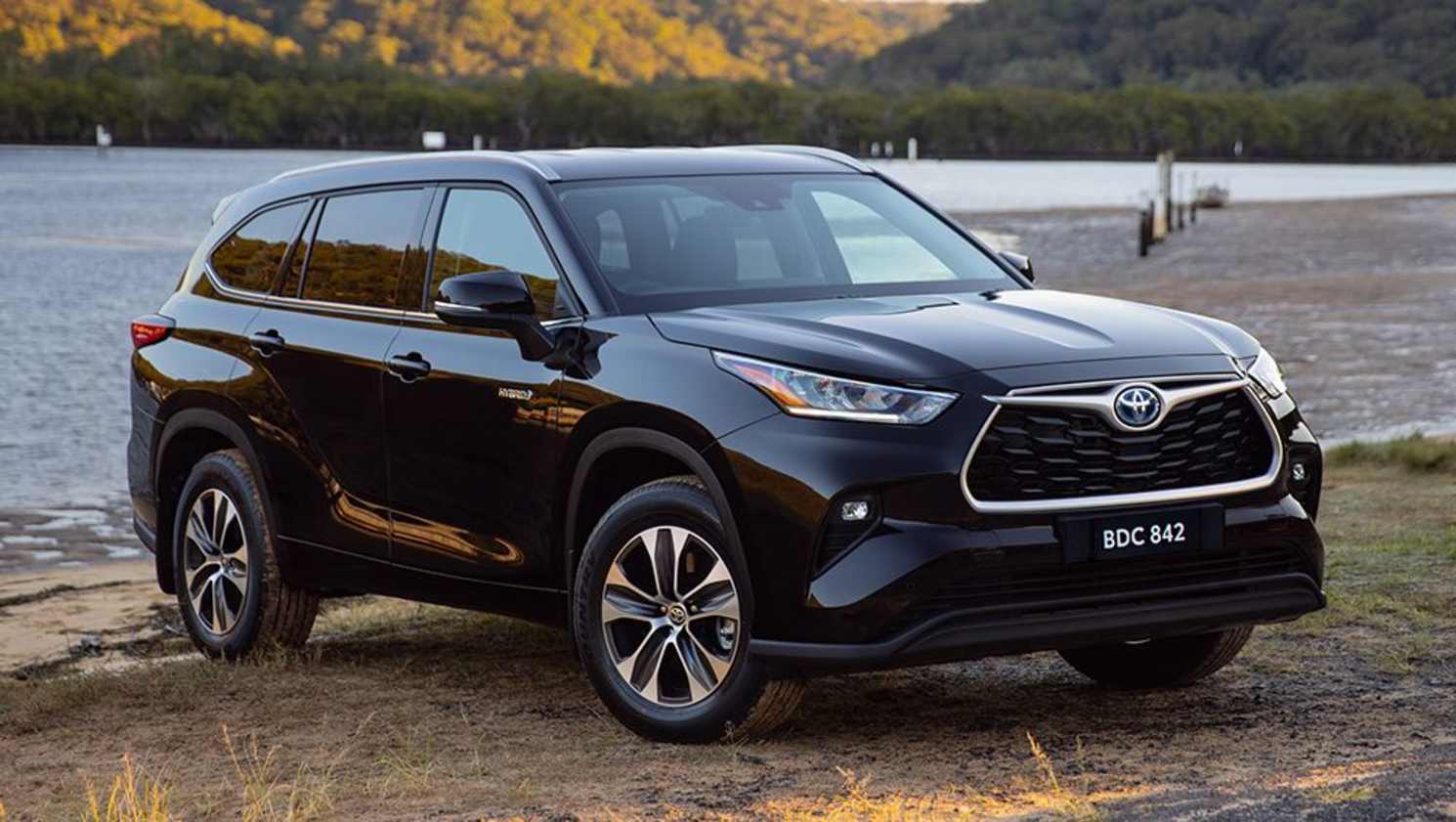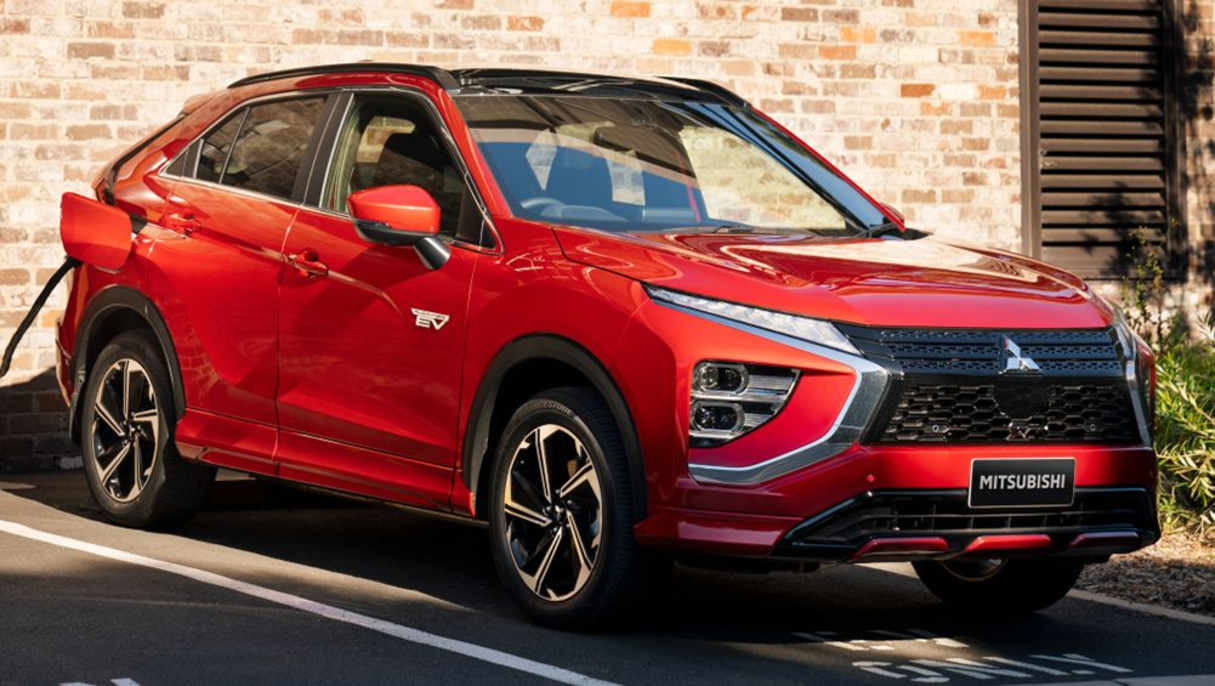By definition, SUVs promise adventure and lifestyle within a family-friendly package.
It's largely how, since the 1990s, they systematically displaced the traditional sedan and wagon.
But what if we told you that around 75 per cent of hybrid SUVs sold in Australia could put their occupants in peril simply because of one hugely-important omission?
As electrification becomes commonplace, too many hybrid SUVs lack the security, convenience and peace of mind of having a spare wheel fitted when that inevitable flat tyre happens.
That's right. Like a first-aid kit or dialling 000, the humble "spare" is something we likely all take for granted and never think twice about until we really have to, but are glad it's there when we get a puncture or blowout. Even if the thought of actually fitting one is not very appealing when stranded on the side of the road.
So, why do so many hybrid SUVs miss out on a spare wheel, then?
In most cases, it's because of the packaging constraints necessary as a result of having to fit extra electric motors, battery packs and/or other related electrical gubbins, forcing many carmakers to rely on costly runflat tyres or a tyre-inflation kit instead of a spare wheel for their SUVs.
Obviously, there's also room behind the back seats as SUVs are essentially jumped-up station wagons, but carmakers fear that the reduced cargo capacity this brings might affect sales. Even with the smaller and lighter space-saver or temporary wheels that are designed to take up the less room.
And just in case you are wondering, for safety reasons, a spare wheel needs to be secured when stowed, so just "throwing one in the back" to move around freely is illegal.
While runflat tyres are specially constructed to allow a vehicle to travel on a deflated tyre for up to 80km and 80km/h in most scenarios, the tyre-inflation kit situation is somewhat more complicated.
Sometimes branded as a 'mobility' kit, it consists of a compressor and container of mousse or gel that temporarily plugs a puncture from the inside of the tyre wall as it refills with air and sealant, to get you going again until you reach your destination. Some are battery operated. Others require a power source via a vehicle's 12V outlet. If both are depleted then you're stuck.
Additionally, punctures come in all shapes and sizes, and some tears or gashes are just too big for the gel to work effectively, rendering them useless. There's no guarantee they'll do their job. Plus, each container is a one-time-only use, the goo can ruin the tyre in some cases and the kit is expensive and inconvenient to replace.
While most punctures usually result in having to fork out for a costly new tyre, sometimes a puncture is easy and cheap to repair. It depends on the damage that caused the flat.
What we're saying is, Australia is a large place, with drivers often facing long and lonely distances on less-than-ideal roads, where a spare wheel is the best solution against a blowout.
Here, then, are the hybrid SUVs that – as of early 2024 – do and do not have a spare wheel as standard equipment.
Hybrid SUVs with a spare wheel
Hyundai Santa Fe HEV
Kia Niro HEV
Kia Sorento HEV
Land Rover Discovery Sport P300e
Land Rover Range Rover Evoque P300e
Land Rover Range Rover Sport P460e PHEV
Lexus RX F Sport/F Sport Performance grades only
Toyota Corolla Cross 2WD
Toyota Kluger
Toyota RAV4 Hybrid
Toyota C-HR Hybrid
Hybrid SUVs without a spare wheel
Alfa Romeo Tonale
Audi Q5 PHEV
Audi Q3 PHEV
BMW X3 PHEV
BMW X5 PHEV
BMW XM PHEV
Cupra Formentor PHEV
GWM Haval H6 HEV
GWM Haval Jolion HEV
Honda CR-V
Honda ZR-V
Land Rover Range Rover Velar P400e PHEV
Lexus NX hybrid/PHEV
Lexus RX Luxury/Sports Luxury models only
Lexus UX hybrid
Mazda CX-60 PHEV
MG HS Hybrid
Mini Countryman PHEV
Mitsubishi Eclipse Cross PHEV
Mitsubishi Outlander PHEV
Nissan Qashqai e-Power
Nissan X-Trail e-Power
Peugeot 3008 PHEV
Subaru Crosstrek hybrid
Subaru Forester hybrid
Toyota Corolla Cross AWD
Volvo XC60 PHEV
Volvo XC90 PHEV
















































